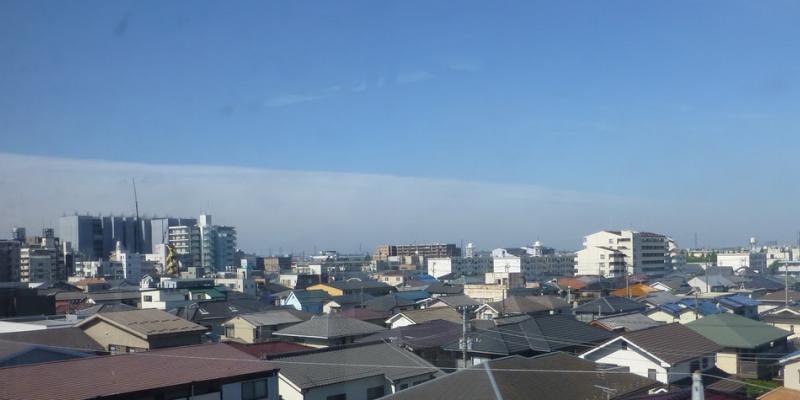WG1: Knowledge Transfer
The overarching objective of WG1 is to engage stakeholders in the PROBE activities to ensure advanced products (WG2), instrument network design (WG3), and data quality (WG4) are directly addressing the various user needs.
The first step is to understand the diverse PROBE user community. WG1 has determined that users can be grouped according to their type of institution, the used means of implementation, their application domain of interest, and potentially the specific ABL study domain of interest.

Institution
|

Means
|

Application
- Sensor development
- Meteorology/hydrology/climate
- Air quality/aerosols/dust/ash/smoke
- Hazards (incl. aviation and catastrophe modelling)
- Renewable energy/ building engineering

ABL study domain
- Complex terrain
- Urban environments
- Arctics
- Marine
- ...
WG1 is supporting knowledge exchange between the different PROBE working groups and the various users groups via a range of events, including introductory lectures for a general audience, expert discussions for experts (or those who want to become experts), and user-engagement workshops.
Sub-working groups on specific Atmospheric Boundary Layer domains of interest
Complex Terrain

The atmospheric boundary layer over mountainous regions is much more complex and inhomogeneous than over flat terrain, so that the dedicated name of Mountain BL (MoBL) is often used. The transport of aerosols, trace gases, water and other pollutants is not only driven by the CBL development and meso-scale and synoptic-scale processes, but also by mountain-induced thermal circulations and venting processes. The measurement of MoBL characteristics by remote sensing instruments consequently leads to specific issues and to increased difficulties in the attribution of the measured layers to conceptual ABL sublayers.
The WG1 subgroup on complex terrain intends to increase the collaboration and the information exchange in this particular area of ABL profiling.
If you are interested and wish to contribute to this subgroup, please contact us.
Subgroup leaders:
- Martine Collaud Coen (
This email address is being protected from spambots. You need JavaScript enabled to view it. ) - Helen Ward (
This email address is being protected from spambots. You need JavaScript enabled to view it. )
Urban Environments

The distinct surface characteristics of urban areas (roughness, heat, moisture) affect processes in the Atmospheric Boundary Layer. The resulting Urban Boundary Layer (UBL) dynamics have implications for a range of applications, including air quality, human thermal comfort, weather, greenhouse gas assessment, and urban air mobility. As cities are key to both climate change mitigation and adaptation, advanced observations of the urban atmosphere are urgently needed to support informed decision making.
The WG1 subgroup on urban environments intends to enhance knowledge exchange between various PROBE users to foster the efficient exploitation of advanced UBL profile observations.
If you are interested and wish to contribute to this subgroup, please contact us.
Subgroup leaders:
- Fred Meier (
This email address is being protected from spambots. You need JavaScript enabled to view it. ) - Simone Kotthaus (
This email address is being protected from spambots. You need JavaScript enabled to view it. )